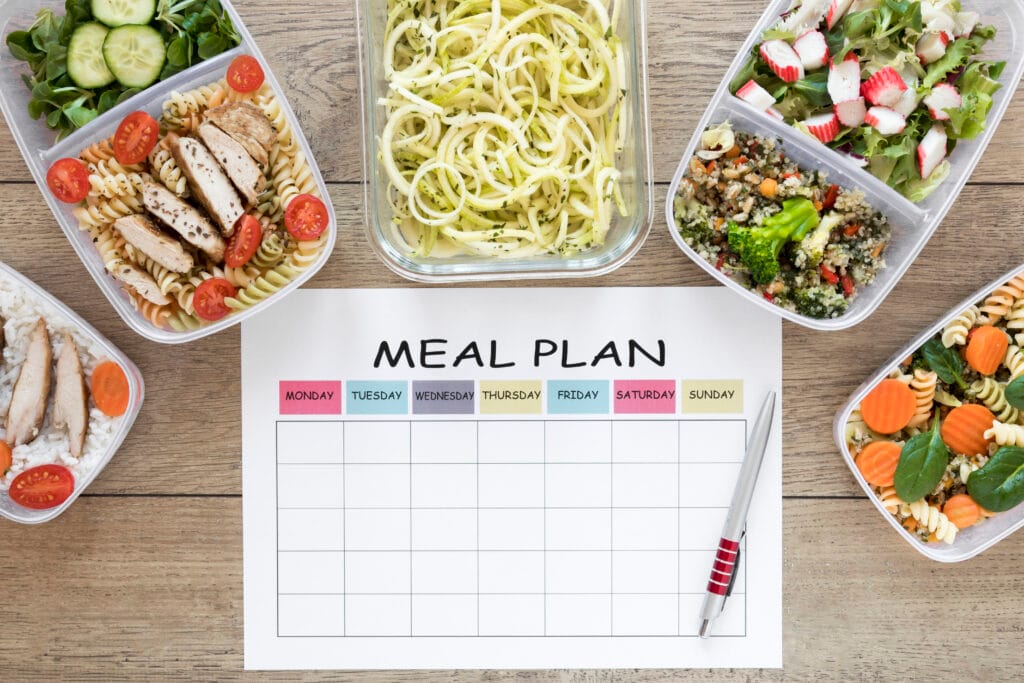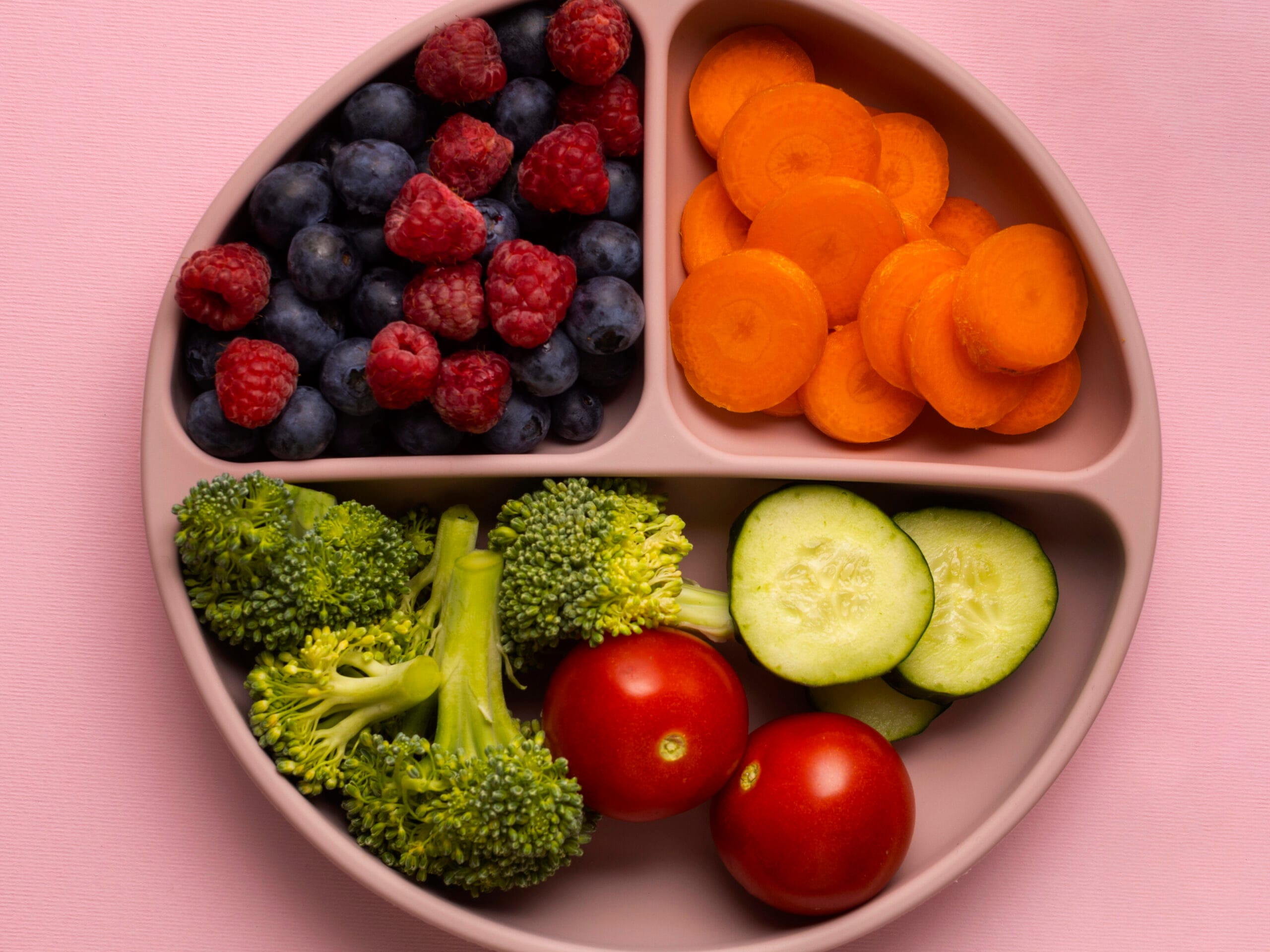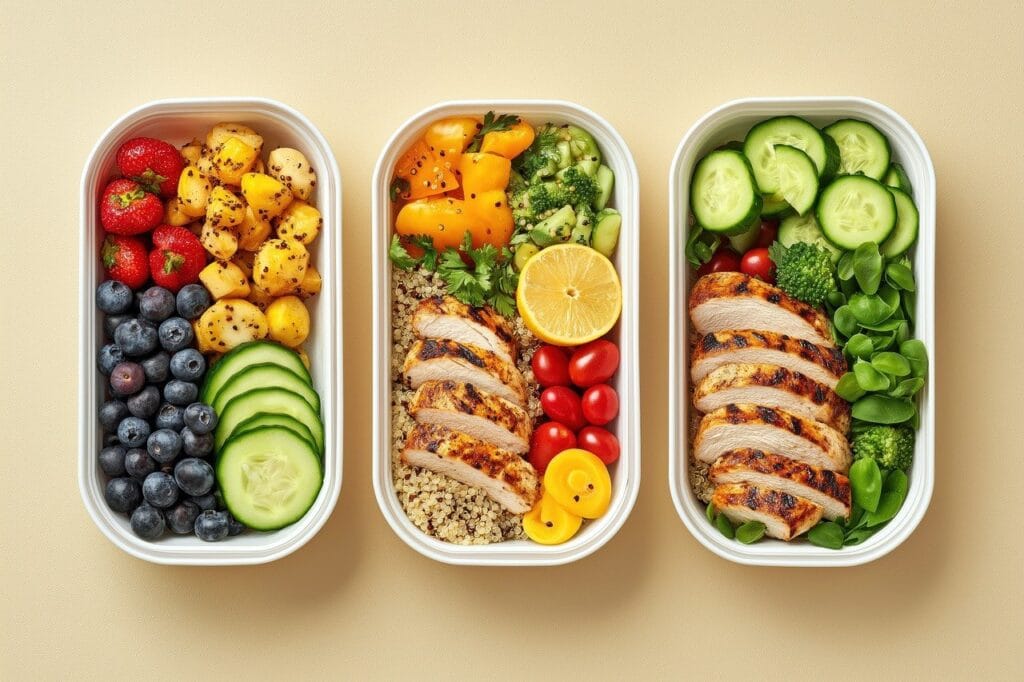
A balanced diet is the mainstay of good health, providing the body with the essential nutrients it needs to function optimally. But what exactly is a balanced diet, and how can you create a meal plan that supports your well-being? In this blog post, we’ll explore the concept of a balanced diet, break down the components of a healthy meal plan, and provide practical steps to design one that fits your lifestyle
What Is a Balanced Diet?
A balanced diet includes a variety of foods in the right proportions to supply the body with essential nutrients for energy, growth, repair, and overall health. It’s not about restriction or cutting out entire food groups but about ensuring your body gets what it needs to thrive. A balanced meal plan is a structured approach to eating that incorporates these principles daily, ensuring consistency and variety.
Essential Nutrients for a Healthy Diet
The body requires a range of nutrients to function effectively, we have talked of these Nutrients in Essential Nutrients For A Health Diet Blog. These include:
- Carbohydrates
- Proteins
- Fats
- Vitamins:
- Minerals
- Fiber
- Water
The Balanced Plate
A simple way to visualize a balanced diet is through the concept of a balanced plate. Divide your plate into sections:

- Half the plate: Non-starchy vegetables (e.g., broccoli, spinach, peppers) and fruits for vitamins, minerals, and fiber.
- One-quarter of the plate: Lean proteins (e.g., chicken, tofu, lentils) for muscle repair and satiety.
- One-quarter of the plate: Whole grains or starchy vegetables (e.g., quinoa, sweet potatoes) for sustained energy.
Add a small serving of healthy fats (e.g., a drizzle of olive oil or a handful of nuts) and a glass of water or unsweetened tea to complete the meal.
Why Do We Need a Balanced Diet?
A balanced diet is essential for several reasons, as it directly impacts physical and mental health:
- Energy and Performance: Carbohydrates and fats provide the fuel needed for daily activities, while proteins support muscle strength and recovery.
- Disease Prevention: Adequate vitamins and minerals strengthen the immune system, reducing the risk of chronic diseases like heart disease, diabetes, and osteoporosis.
- Mental Health: Nutrients like omega-3 fatty acids (found in fish) and B vitamins (found in whole grains) support brain function, improving mood and cognitive performance.
- Digestive Health: Fiber from fruits, vegetables, and whole grains promotes regular bowel movements and a healthy gut microbiome.
- Weight Management: A balanced diet helps maintain a healthy weight by providing nutrient-dense foods that keep you full and satisfied, reducing the urge to overeat.
Without a balanced diet, nutrient deficiencies can lead to fatigue, weakened immunity, poor concentration, and long-term health complications. By prioritizing variety and moderation, you give your body the tools it needs to function at its best.
What Are the Components of a Healthy Meal Plan?
A healthy meal plan incorporates three key components: macronutrients, micronutrients, and hydration.
Macronutrients
- Carbohydrates (45-65% of daily calories): Choose complex carbs like whole grains, oats, and brown rice for sustained energy. Avoid refined sugars and processed foods.
- Proteins (10-35% of daily calories): Include a mix of animal (chicken, fish, eggs) and plant-based (lentils, chickpeas, tofu) proteins for muscle repair and enzyme production.
- Fats (20-35% of daily calories): Opt for unsaturated fats from avocados, nuts, seeds, and olive oil. Limit saturated fats and avoid trans fats.
Micronutrients
- Vitamins: Ensure a variety of fruits and vegetables to cover vitamins A, C, D, E, and K. For example, carrots provide Vitamin A, and berries are rich in Vitamin C.
- Minerals: Include calcium (dairy or fortified plant milk), iron (red meat or spinach), and potassium (bananas or potatoes) for bone, blood, and heart health.
Hydration
- Water: Aim for 8-10 cups daily, adjusting for activity level and climate. Water supports digestion, nutrient absorption, and temperature regulation.
- Other hydrating sources: Herbal teas, broths, and water-rich foods like cucumbers and watermelon contribute to hydration.
How Do You Plan a Balanced Meal Plan?

Creating a balanced meal plan involves tailoring your diet to your nutritional needs, portion sizes, and lifestyle. Here’s how to get started:
1. Assess Your Nutritional Needs
- Age, gender, and activity level: A young athlete needs more calories and protein than a sedentary adult.
- Health goals: Weight loss, muscle gain, or managing conditions like diabetes may require specific nutrient ratios.
- Dietary preferences: Account for vegetarian, vegan, or gluten-free needs while ensuring nutrient variety.
2. Determine Portion Sizes
- Use the balanced plate model as a guide.
- Follow general portion guidelines:
- Vegetables: 2-3 cups per meal.
- Protein: 3-6 ounces (about the size of a deck of cards).
- Grains: ½-1 cup cooked.
- Fats: 1-2 tablespoons of oils or a small handful of nuts.
3. Plan Flexible Timing
- Meal frequency: Aim for 3 main meals and 1-2 snacks to maintain energy levels. Adjust based on your schedule (e.g., small frequent meals for busy days).
- Prep ahead: Batch-cook grains, proteins, and veggies for quick assembly during the week.
- Variety: Rotate food choices to avoid nutrient gaps and keep meals interesting.
Sample Daily Meal Plan
- Breakfast: Greek yogurt with mixed berries, chia seeds, and a slice of whole-grain toast.
- Snack: Apple slices with almond butter.
- Lunch: Grilled chicken salad with spinach, quinoa, avocado, and a lemon-olive oil dressing.
- Snack: Carrot sticks with hummus.
- Dinner: Baked salmon, roasted sweet potatoes, and steamed broccoli.
Summary: Maintaining a Healthy Meal Plan
A balanced diet is about consistency, variety, and mindfulness. By prioritizing nutrient-dense foods and listening to your body’s needs, you can create a sustainable meal plan that supports long-term health. Here are some tips from Dr. Zara.
- Start small: Introduce one new healthy habit each week, like adding a vegetable to every meal.
- Plan ahead: Dedicate one day a week to meal prep to save time and reduce stress.
- Listen to your body: Adjust portions and food choices based on hunger, energy levels, and health goals.
- Stay hydrated: Carry a reusable water bottle to ensure you meet your daily hydration needs.
- Seek guidance: Consult a dietitian for personalized advice, especially if you have specific health conditions.
By following these principles, you can build a balanced meal plan that nourishes your body and fits seamlessly into your life. Here’s to vibrant health and delicious meals!

